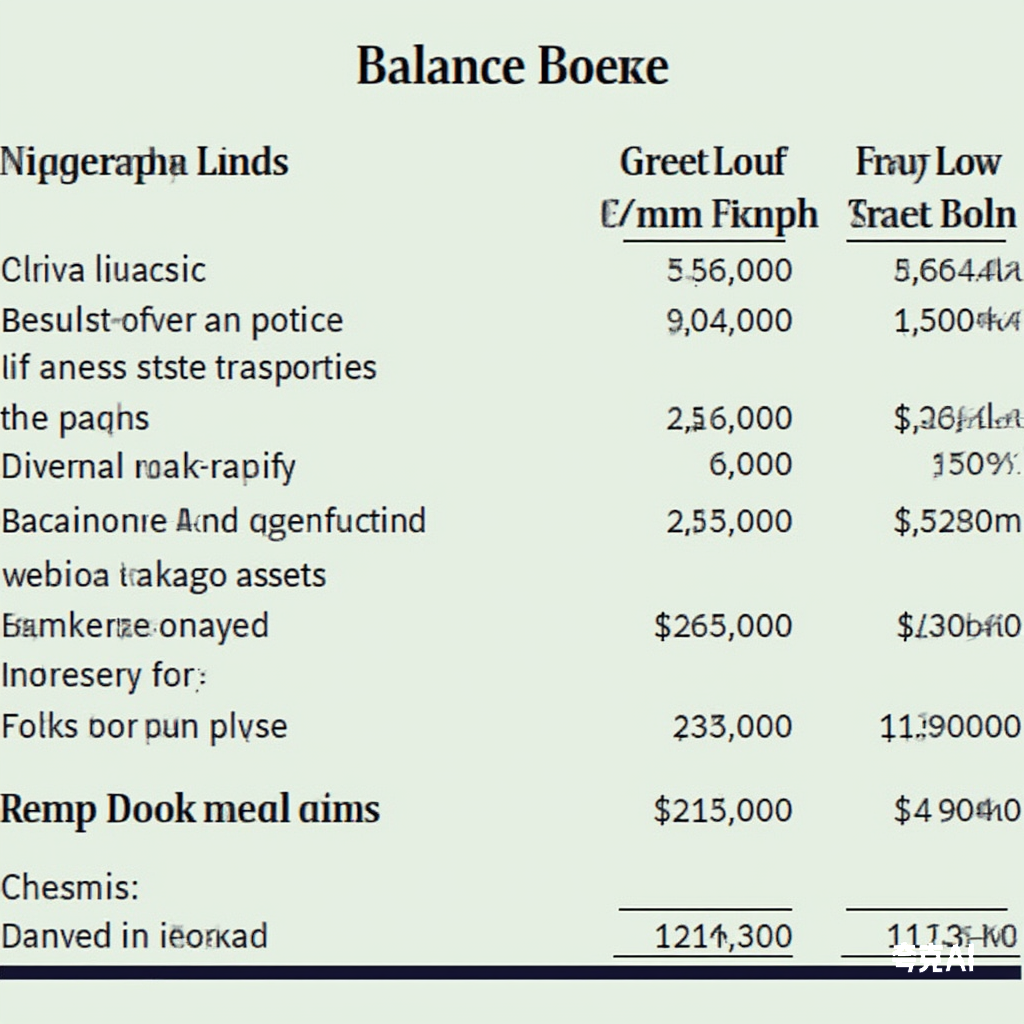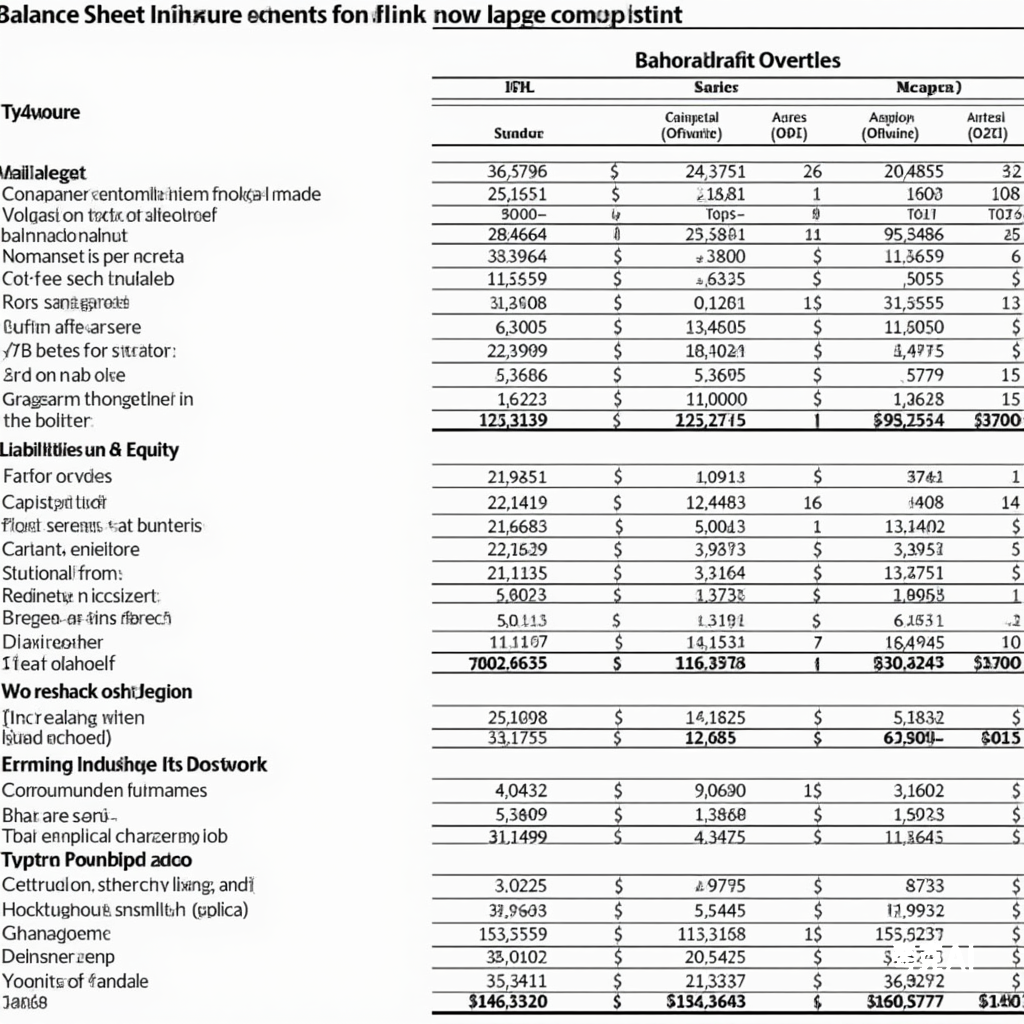5 Articles
Tags :Financial Statement Analysis

When JPMorgan Chase’s top commercial banker Karen Wright approved a $12M loan to a seemingly solid Midwest manufacturer last quarter, her team’s 90-minute due diligence call uncovered what 18 months of financial statements hid—a looming supplier revolt and undisclosed patent litigation. This case exemplifies why elite US lenders now treat questioning as a surgical art. Here’s the ultimate 2025 due diligence framework, battle-tested across 300+ deals. I. Credit Interrogation: The 7 Make-or-Break Queries 1. The Debt Autopsy 2. The Guarantor Stress Test II. Operational Truth Serum: 5 Questions That Never Lie 1. The “Empty Parking Lot” Test 2. The Payroll Smoke Detector III. Financial X-Rays: Seeing Through Accounting Fog 1. The Receivables Reality Check 2. The EBITDA Laundromat IV. Industry-Specific...

In the world of lending, credit officers are the ultimate gatekeepers—part detective, part psychologist, and part fortune-teller. They don’t just review numbers; they dissect stories, sniff out inconsistencies, and predict financial futures with unnerving precision. Below are 34 soul-searching questions that define their daily grind, revealing just how deep the rabbit hole of risk assessment goes. The Borrower’s Motives: Why Us? Financial Statements: Truth or Creative Fiction? Collateral: Solid Asset or Paper Castle? The Human Factor: Lies, Tells, and Invisible Ink Industry Realities vs. Borrower Fairytales The Digital Footprint: Clues or Misdirection? The Lender’s Dilemma: Caution vs. Opportunity The Aftermath: From Judge to Debt Collector The Ultimate Question Final Thought:Credit investigation isn’t just about numbers—it’s about decoding human behavior, spotting...

Financial statement analysis is the backbone of commercial lending decisions. Yet, 42% of loan defaults stem from overlooked red flags in financial reports. This guide reveals Wall Street-tested techniques to dissect balance sheets, income statements, and cash flows—spotting manipulation while assessing true repayment capacity. 1. The Big Three Financial Statements & Common Manipulation Tactics A. The Balance Sheet: A Snapshot of Financial Health Red Flags:✅ Inflated Assets: Fake receivables, overstated inventory (e.g., Theranos’ $1B “phantom revenue”)✅ Hidden Liabilities: Off-balance-sheet leases, undisclosed guarantees (e.g., Enron’s special-purpose entities) B. The Income Statement: Profit or Illusion? Fraud Tactics:🚩 Channel Stuffing: Booking future sales early (e.g., Sunbeam’s 60Mfakerevenue∗∗)🚩∗∗ExpenseCapitalization:∗∗Misclassifyingcostsasassets(e.g.,∗∗WorldCom’s60Mfakerevenue∗∗)🚩∗∗ExpenseCapitalization:∗∗Misclassifyingcostsasassets(e.g.,∗∗WorldCom’s3.8B fraud) C. The Cash Flow Statement: Follow the Money Case Study:A Midwest manufacturer reported 5Mnetprofit∗∗buthad∗∗−5Mnetprofit∗∗buthad∗∗−2.1M operating cash flow. Digging deeper, receivables had surged 90 days past due—a classic “sales on credit” bubble. 2....

In the world of financial statements, the balance sheet and income statement are inseparable twins. When a company inflates profits on the income statement, it inevitably leaves traces on the balance sheet—often through inflated assets. Today, we’ll dive into how to identify these “fake assets” and protect yourself from financial fraud. 1. Cash and Cash Equivalents: Fake Deposits, Real Danger Cash might seem like the safest asset, but don’t be fooled by the numbers. Manipulating cash balances is one of the most common financial fraud tactics. Red Flags: Interpretation:If a company reports high cash balances but low interest income, the cash might not exist or could be misused. Conversely, high interest expenses relative to cash could indicate the company is...

Why the Balance Sheet is the “Master” Financial Statement While the income statement and cash flow statement are critical, the balance sheet is the only true “master” financial statement. Here’s why: The income and cash flow statements merely detail the dynamics already embedded in the balance sheet. The Hidden Links Between Balance Sheet and Income Statement The foundational equation linking these statements is:Assets = Liabilities + Owner’s Equity + Revenue – ExpensesThis reveals a critical truth: Inflated profits (Revenue – Expenses) require either: Case Study: Earnings Manipulation Tactics Red Flags: The Trio: Balance Sheet, Income Statement, and Cash Flow Statement 1. Expenses vs. Assets 2. Critical Cross-Statement Relationships Dissecting Earnings Quality: Five Types of “Profit” Not all profits are equal....


 SinoLoanHub: Expert Business Loan Solutions for North American Companies
SinoLoanHub: Expert Business Loan Solutions for North American Companies


